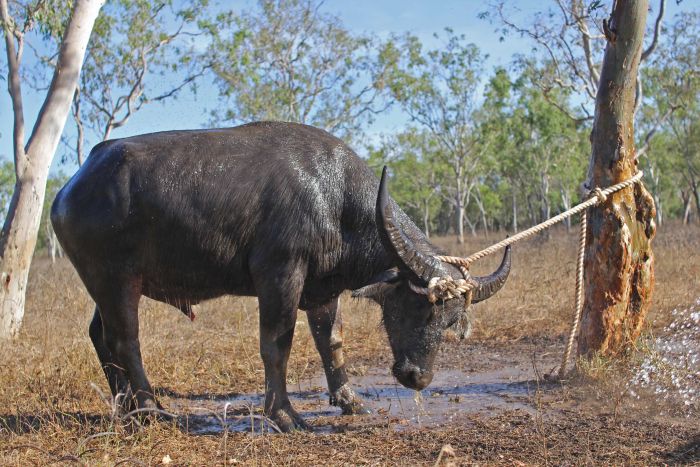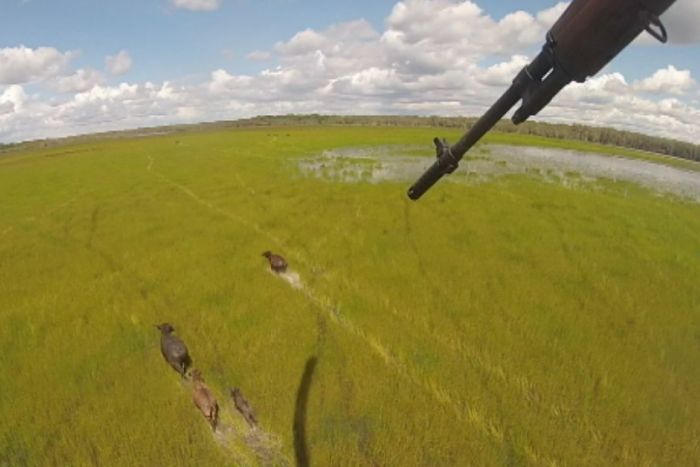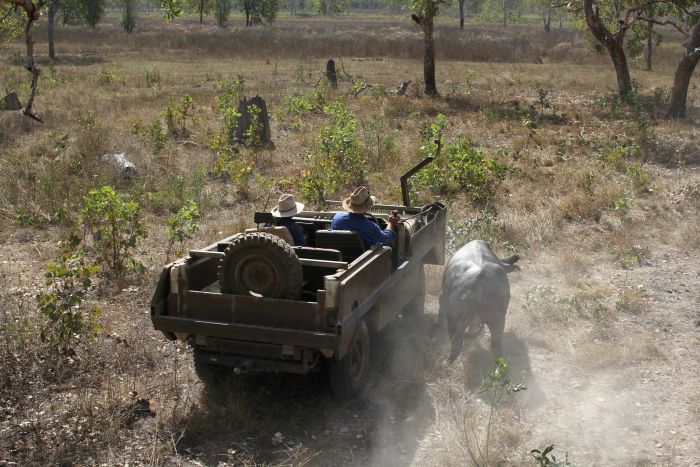
Buffalo numbers in the Northern Territory have hit an all-time high. The most significant densities are in areas that can not be mustered, and sporadic control and hunting take place.
There is not many Australian or overseas hunter that would knock back an opportunity for a buffalo hunt. It would be great to see remote ballot areas created for hunts. These remote areas would be full of adventure and generate industry and local money. It works very well in the remote regions of New Zealand and something that could potentially work here.
Territory Natural Resource Management (TNRM) has collated data from both NT Government and private wildlife aerial surveys to provide the estimate of buffalo numbers across 225,000 square kilometres.
The ABC reported TNRM’s Susanne Casanova said areas where there was no feral animal control in place stood out in the

surveys.
“Where we know of management programs that are in place, we are seeing lower buffalo densities,” Ms Casanova said.
“Where there is sporadic management or no management, then you are getting up to higher densities of around one animal per square kilometre.”
The natural increase of the feral population has been estimated at around 27,000 head per year, exceeding the amount of buffalo harvested by musterers or culled by rangers.
The majority of buffalo — about 126,000 head — are found in woodland areas, while about 35,250 head live on floodplains.
Buffalo are a big issue for those managing land in the Top End, causing extensive damage to natural waterholes, destroying wetlands and spreading weeds.
For the past five years between 3,000 and 9,000 feral buffalo have been exported to South East Asia, many of which have been harvested from the wild by contract musterers.
There are also sporadic culls are conducted in Kakadu National Park and on Aboriginal land by ranger groups.
Despite these efforts, the buffalo population is still on the rise.
The president of the NT Buffalo Industry Council (NTBIC), Ian Bradford, said demand from South East Asia for NT buffalo was easily outstripping the industry’s ability to supply the animals.
“The orders are there constantly, it is just a matter of having the animals supplied to fill them,” he said.
With the majority of feral buffalo found on Aboriginal land, Mr Bradford said the NTBIC was continuing to work with the Northern Land Council (NLC) to improve access for mustering crews.
“I think the focus for the next 12 months will be the co-ordination between the NLC, the buffalo council and the contractors to get the animals,” Mr Bradford said.
“There are animals there, they need to be managed correctly, and the welfare of the animals [is important].
“Then we need to start working to fill the orders that are there.”


0 Comments